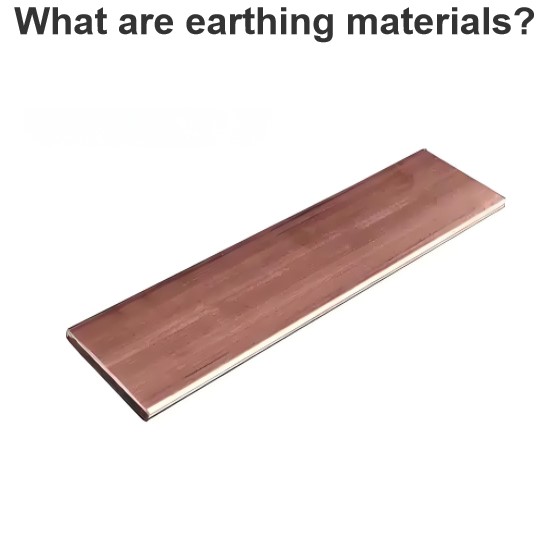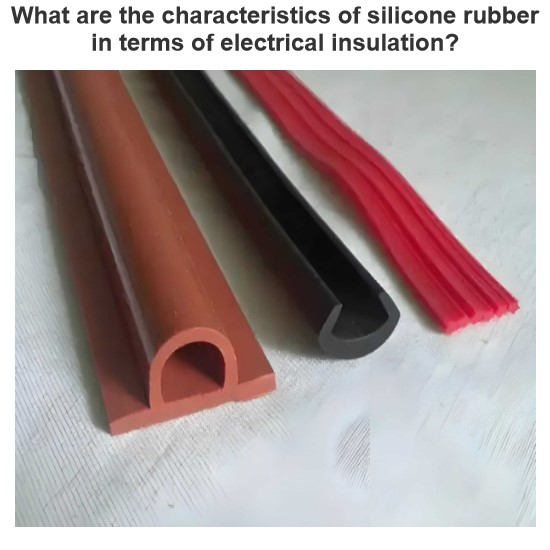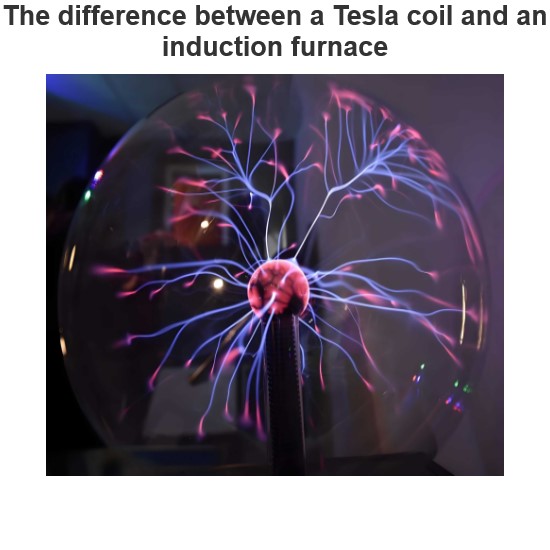Alternating Current: Definition, Properties, and Applications
What is Alternating Current?
An alternating current (AC) is an electric current that changes its direction and magnitude periodically. Unlike direct current (DC), which flows only in one direction, AC can be used to transmit power over long distances with less energy loss. AC is also the form of electrical energy that most household appliances and devices use when they are plugged into a wall socket.
The shape of the AC waveform can vary depending on the source and the load. The most common waveform is a sine wave, which has a smooth and symmetrical shape. Other waveforms include square waves, triangular waves, and sawtooth waves, which have different characteristics and applications.


How is Alternating Current Measured?
One way to measure AC is by using its root mean square (RMS) value. The RMS value of an AC waveform is the equivalent DC value that would produce the same amount of heat in a resistor. The RMS value can be calculated by squaring the instantaneous values of the AC waveform, taking the average over one cycle, and then taking the square root.
The RMS value of a sinusoidal AC waveform is equal to its peak value divided by the square root of two:

The RMS value of a square AC waveform is equal to its peak value:
The RMS value of a triangular AC waveform is equal to its peak value divided by the square root of three:

The RMS value of a sawtooth AC waveform is equal to its peak value divided by the square root of six:

Another way to measure AC is by using its frequency. The frequency of an AC waveform is the number of cycles or periods that occur in one second. The unit of frequency is hertz (Hz), which means cycles per second. For example, a 60 Hz AC waveform completes 60 cycles in one second.
The frequency of an AC waveform is related to its period, which is the time it takes for one cycle to complete. The period can be calculated by dividing one second by the frequency:

The frequency can be calculated by dividing one second by the period:

Why is Alternating Current Used?
Alternating current has many advantages over direct current for power transmission and distribution. Some of these advantages are:
Ease of generation: AC can be generated easily by rotating a coil of wire in a magnetic field or by rotating a magnet around a coil of wire. This does not require any commutators or rectifiers, which are needed for DC generation.
Voltage transformation: AC can be stepped up or stepped down easily by using transformers, which are devices that use electromagnetic induction to change the voltage and current levels of an AC circuit. This allows AC to be transmitted at high voltages and low currents, which reduces the power loss due to the resistance of the wires. It also allows AC to be delivered at different voltages and currents for different applications and devices.
Power factor correction: AC can be adjusted to improve its power factor, which is a measure of how efficiently an AC circuit uses power. Power factor is defined as the ratio of real power (the power that does useful work) to apparent power (the product of voltage and current). A low power factor means that some power is wasted as reactive power (the power that oscillates between the source and the load). Reactive power can cause voltage fluctuations, overheating, and increased losses in an AC circuit. Power factor can be improved by adding capacitors or inductors to an AC circuit, which can cancel out some of the reactive power.
Information transmission: AC can be used to carry information such as sound or images by modulating its amplitude, frequency, or phase. This is how radio, television, and cellular signals are transmitted over electrical wires or through the air.
What are Some Applications of Alternating Current?
Alternating current has many applications in various fields and industries. Some examples are:
Power generation: Most power plants use AC generators to produce electricity from various sources such as coal, natural gas, nuclear, hydroelectric, wind, solar, etc.
Power transmission: High-voltage transmission lines use AC to transport electricity from power plants to substations across long distances with minimal losses.
Power distribution: Substations use transformers to step down the voltage and distribute electricity to local areas through low-voltage distribution lines. These lines use AC to supply power to homes, businesses, factories, etc.
Power conversion: Some devices use rectifiers to convert AC to DC for their operation, such as computers, chargers, LED lights, etc. Some devices use inverters to convert DC to AC for their operation, such as solar panels, electric vehicles, etc.
Electric motors: Many types of electric motors use AC to create rotational motion from electrical energy. These motors are used in appliances, machines, vehicles, etc.
Electric heating: Some devices use resistive heating elements or induction coils to convert electrical energy into heat using AC. These devices include electric stoves, ovens, water heaters, furnaces, etc.
Electric lighting: Some types of electric lamps use filaments or gas discharge tubes to produce light from electrical energy using AC. These lamps include incandescent bulbs, fluorescent tubes, neon signs, etc.
Communication: Some devices use modulated AC signals to transmit or receive information such as sound or images. These devices include radios, televisions, cellular phones, etc.
Conclusion
An alternating current is an electric current that changes its direction and magnitude periodically. It has many advantages over direct current for power transmission and distribution. It can also be used for various applications such as power generation, power conversion, electric motors, electric heating, electric lighting, and communication.
Statement: Respect the original, good articles worth sharing, if there is infringement please contact delete.
Electrical4U is dedicated to the teaching and sharing of all things related to electrical and electronics engineering.













